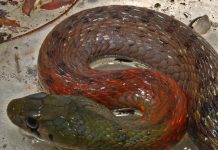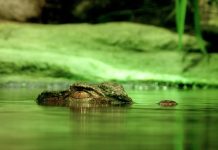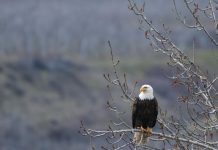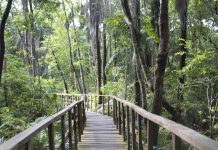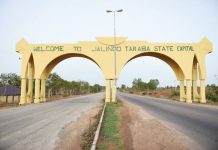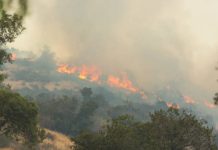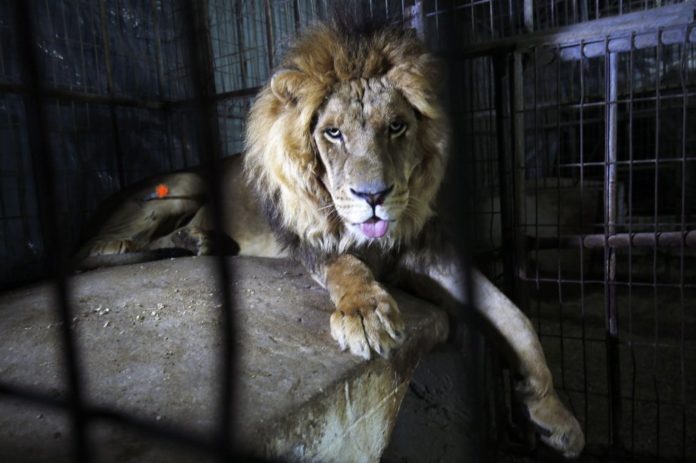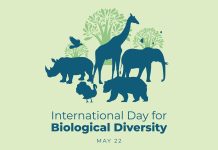It’s been six months since six lions were killed and mutilated in the Ishasha section of Queen Elizabeth National Park (QENP) Uganda.
These lions popularly know as Ishasha lions have been seen lazing around on the numerous branches of sky high fig trees. This pride of lions is one among the two populations of lions known to be tree climbers thus making these amazing animals captivating subjects for study and a source of tourist attraction. Unfortunately, though these lions face a great number of threats to their lives which include habitat loss, human-wildlife conflict, illegal wildlife trade, traffickimg of lion body parts and snaring.
However on account of these threats the number of the Ishasha lions have reduced to only 69 lions; as the threats to these beasts continue to increase, tourism revenues which make up about 8% of Uganda’s gross domestic product before the pandemic are also threatened. In order to provide protection to these population of lions, they have been categorised by the global Red List of threatened species maintained by the International Union for the Conservation of Nature (IUCN) as “vulnerable” to extinction. While Uganda’s National list places them in the “critically endangered” category.
Nevertheless, the Ishasha lions have in recent times richly endowed the country with several cubs that now require the collective effort of all to protect them so they may grow to adulthood. According to Bazil Alidria, the Wildlife Conservation Society (WCS) Carnivore Officer who regularly monitors the lions, the lion cubs are fortunate to have six other full grown lions in the pride to offer a measure of protection to them. Among these lions are Sultan and Sula (the fathers of the cubs), Jacob (a snare survivour), and three other adolescent brothers who are ready to protect and groom them.
Sadly, knowledge about lion population dynamics and threats in Uganda remains limited. In 2005 and 2008, the Wildlife Conservation Society (WCS) carried out monitoring efforts for the lions in the Queen Elizabeth National Park (QENP) and in Uganda’s Murchison Falls National Park (MFNP) using Global Positioning System (GPS) enabled collars.
This work was based on the groundwork previously done by Uganda Wildlife Authority (UWA) Veterinary Doctor Margaret Driciru (2001) and Ludwig Siefert of the Uganda Carnivore Program. In the 0rocess of monitoring the lions WCS also got rid of snares from the parks that are a threat to this unique animals and worked to curtail human-lion conflicts by constructing Carnivore proof pens to prevent lions from attacking livestock thereby forestalling retaliatory attacks from angry herders.
A study carried out in 2010 by WCS of three National parks involved in lion conservation- Queen Elizabeth NP, Murchison Falls NP, and Kidepo Valley NP- gave an estimate of the lion population to be about 408 individuals.
Although it’s been 10 years since the last census was conducted, the monitoring work carried out by WCS, the Uganda Carnivore Program (UCP) and UWA in the Queen Elizabeth National Park showed lion sightings which implies that the lion population trend is relatively stable, according to Simon Nampindo, WCS Uganda country director. According to a 2021 research commissioned by the WCS indications show that the greatest threat to lions today are human-unduced mortality which include retaliatory attacks by herders for the killing of their livestock, worsened by assumption in Uganda that parts of these lions have medicinal value and the customary beliefs that lion body parts should be kept in homes and shops as a source of power and wealth.
In the 2021 study Nampindo noted that an increased demand for lion body parts by community members, traditional rulers, business people, religious leaders, poachers and cattle herders were the triggers and motivations for lion killings. This therefore calls for a more comprehensive approach to stopping this crime.
The lions also face various challenges to their survival occasioned by climate change and variability which favours the growth and spread of invasive species in most of Uganda’s national parks this thus results in the loss of suitable habitat for both prey and predators. Hence forcing both lions and elephants alike to move outside the parks into communities. Thus influx into the communities has resulted I livestock predation and crop damage, thereby exercebating the human-wildlife conflicts occurring in these areas.
The Wildlife Conservation Society has called upon stakeholders which include local governments, conservation organisations, individuals and even companies in the private sector to join hands to address these threats before their natural heritage is lost.
Inspite of the multifaceted challenges the Ishasha lions remain resilient. The WCS along with the Uganda Wildlife Authority, the private sector and other devoted conservation organisations will continue to monitor the lion populations and remove wire snares and traps to save the lion populations and ensure that the tourism sector thrives.

